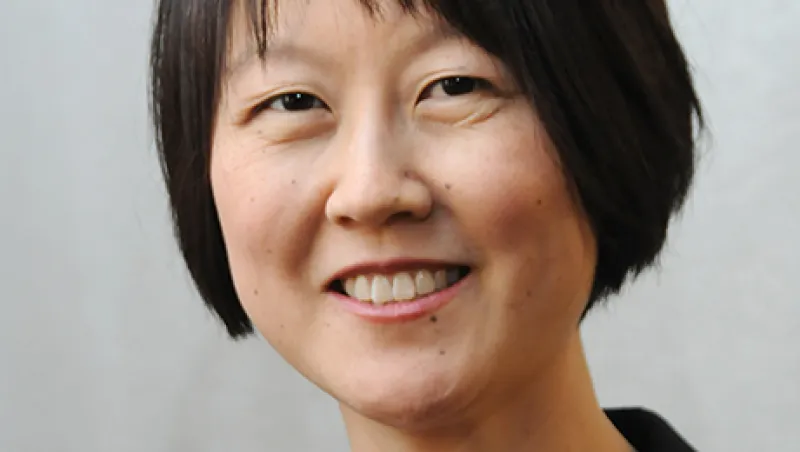
Switch to Defined Contribution Pensions Could Leave Retirees Short
As public pension funds seek to reduce liabilities, putting new hires in 401(k) plans weakens retirement security, new research suggests.
Bailey McCann
February 22, 2016


